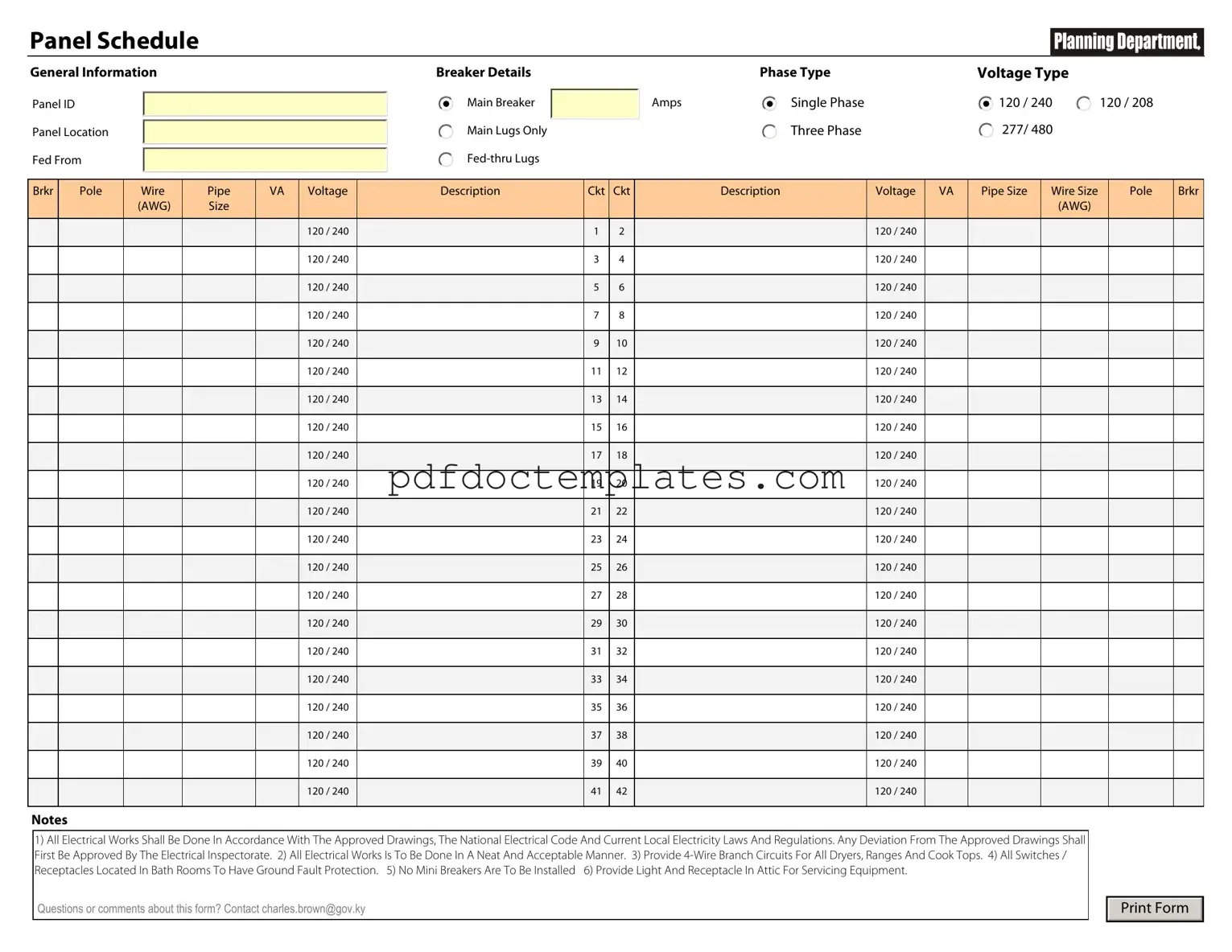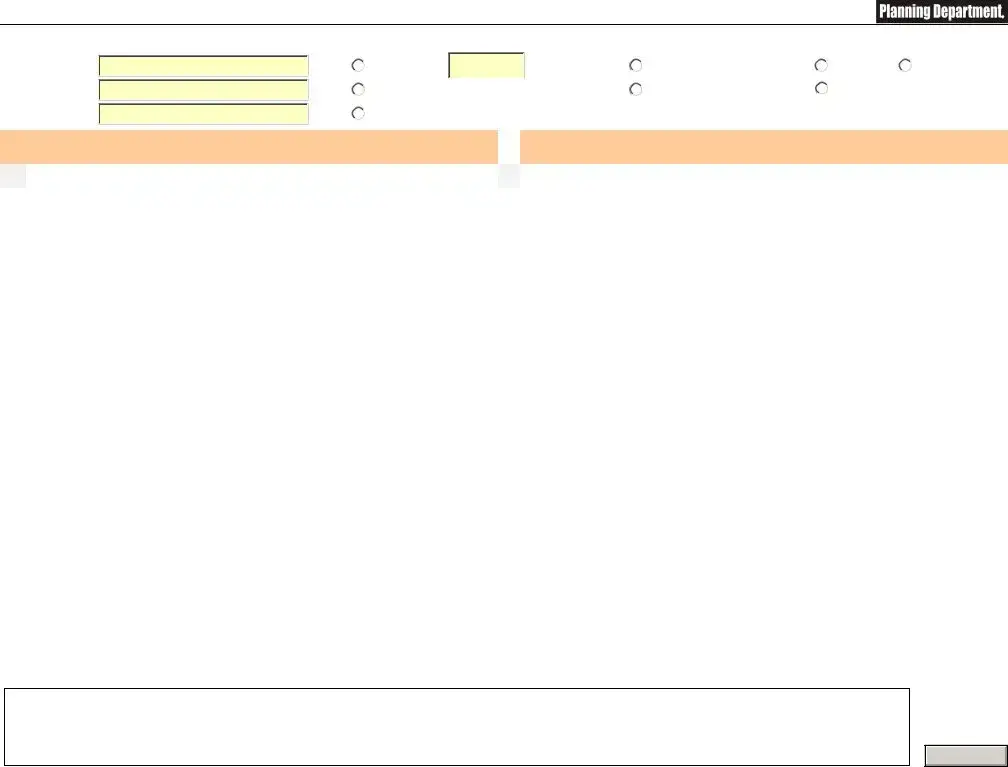Download Electrical Panel Schedule Template
The Electrical Panel Schedule form is a crucial document used to outline the circuits and load information for an electrical panel. It serves as a roadmap for electricians and inspectors, ensuring that electrical systems are safe and compliant with regulations. Understanding how to accurately fill out this form is essential for anyone involved in electrical work.
Ready to get started? Fill out the form by clicking the button below.
Access Your Document

